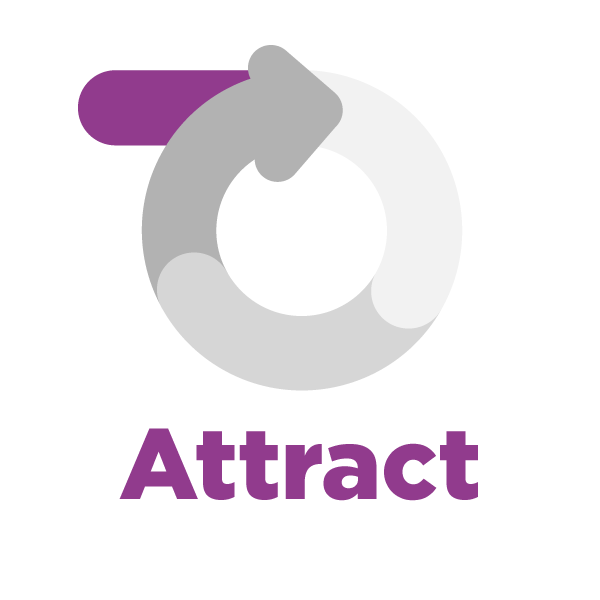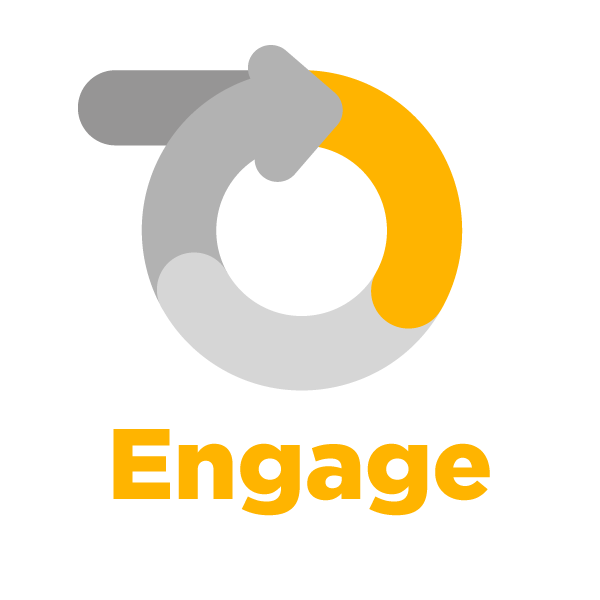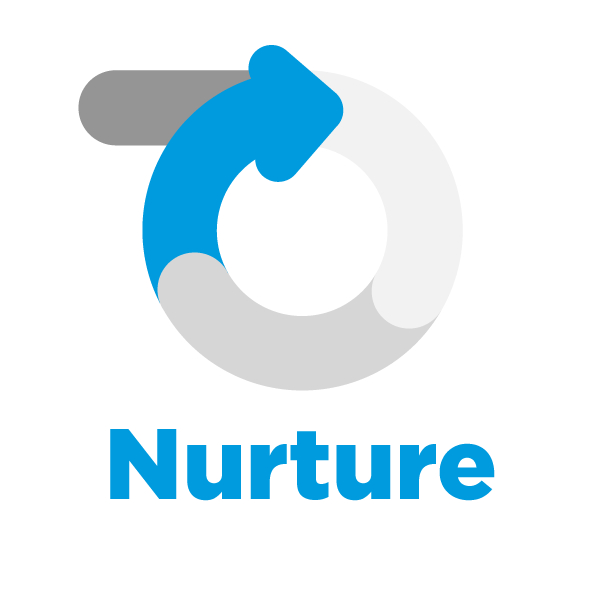Using Bullhorn Automation today?
Leverage it to personalize and scale your talent community, and master candidate nurture.
Overwhelmed by the idea of a nurture strategy?
Read this blog to figure out how to get started.
Measuring success in the Nurture phase
When determining and measuring the success of your activities at the Nurture phase, here are the top KPIs you should be tracking.
Redeployment rate
The number of workers coming off assignment who are redeployed divided by the total number of workers coming off assignment.
Time to redeploy
The average amount of time it takes (days) to put a candidate coming off assignment into another role.
Net Promoter Score (NPS)
Surveys that ask candidates and clients about the likelihood that they would recommend your company and services to people in their network.
Percentage of placements that are referrals
The number of referrals placed divided by the total number of placements.
Explore the Connected Recruiting phases

Attract and convert more applicants
The Attract phase of the talent lifecycle is all about streamlining your application process and tailoring your brand to offer a memorable experience — from their first interaction with your website to your application follow-up.

Meet candidates where they are
The Engage phase of the talent lifecycle is all about knowing your audience. Do you have enough information about all the candidates in your database to be able to deliver the right message, at the right time, in the right channel, for the right opportunity?

Take the busywork out of onboarding
The Onboard phase of the talent lifecycle is all about checking the administrative requirements while delivering a positive candidate experience (in the lead up to their first day and throughout their assignment).

Increase redeployment and candidate satisfaction
The Nurture phase of the talent lifecycle is all about building long-term relationships, making the most of your existing database, and leveraging reviews and referrals, to ultimately build a talent community.